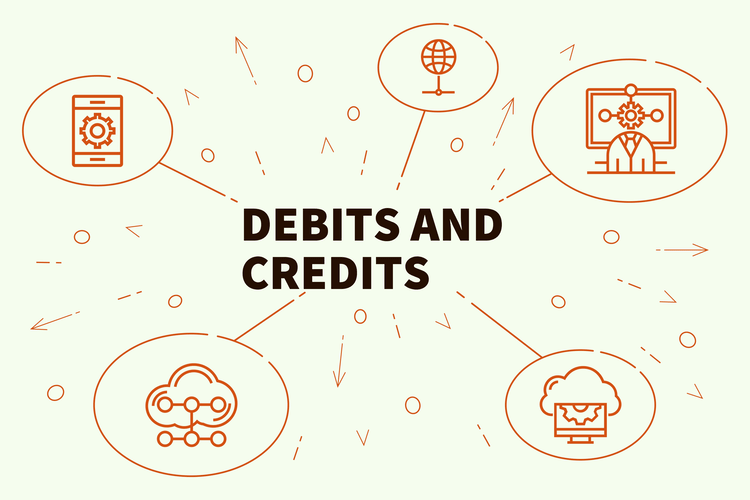
Typically, an ACH refund takes about five to 10 banking days to occur, though some situations can take longer to resolve.. • The originator (the entity who requested payment) provided inaccurate or incomplete payment information or data. When this happens, an ACH return code explaining the issue is generated, and the RDFI notifies the ODFI with a three-digit return code. • The reversal entry has to be transmitted to the bank within five banking days after the settlement date of the erroneous file. Now that we’ve explored how ACH withdrawals work, let’s look at the advantages and drawbacks of using this payment method.

ACH returns 101: What they are and how to manage them
The rejection is called an ACH return, and the code is called a return code. Since ACH returns have a turnaround time of 2 banking days for most transactions, dishonored returns must also be resolved in a timely manner. Returns that meet the above criteria must be sent in within 5 banking days from the return settlement date. They can still be contested by the RDFI at this point, in which case the dispute is resolved outside the ACH network. Just as there is a transaction processing fee, there are additional fees for ACH returns.
Implement digital identity verification

In this case, the consumer has time to “get away” with the product or service before the ACH return. As an example, let’s consider the case of a consumer that wants to use ACH to pay a utility bill each month. This requires the utility company (the Originator) to ach return authorize its merchant bank (the Originating Depository Financial Institution or “ODFI”) to initiate an ACH debit from the customer’s bank account. The data for this debit entry is sent through an ACH Operator (usually the Federal Reserve Bank) as part of a batch transfer, usually at the end of the day.
Q: What are the most common ACH return codes?

This is relevant for businesses that take consumer payments through ACH (such as subscriptions or direct debits). No two banks are truly the same, so it’s worth checking with your bank on their specific process for ACH returns. However, if you’re using a payment services provider like Checkout.com, then the unified payments API makes it easier Law Firm Accounts Receivable Management to manage the administration of all your ACH payments centrally.
- Nacha governs the ACH network and mandates that businesses keep their overall ACH return rates under 15%.
- Since ACH payments continue to grow year over year, it’s important for businesses to understand the basics of this kind of transaction, and what happens when ACH transfers are returned.
- You should be aware that a consumer has the right to request a return as an unauthorized ACH payment within 60 days from the transaction date.
- In this case, the consumer has time to “get away” with the product or service before the ACH return.
- For example, R01 signifies insufficient funds, and R02 means the bank account is closed.
- It applies to an entry processed by the federal agency through the ACH.

Manage ACH returns with E-Complish as you learn about ACH return codes. Worth considering as well are check verification and guarantee services; after all, an ACH transaction is actually an electronic check. Check verification services compare the check writer’s name, account number, and routing number data against different blacklists and conduct account status checks.
Common Reasons for an ACH Return
- Another risk can result if the entity collecting a payment “fronts” or gives credit to the end user (such as when a new account is funded) before the ACH transaction settles.
- The consumer or business is claiming they have no authorization or this was a fraudulent transaction.
- These transactions usually process in one to three business days and are often a lower-cost option than credit or debit cards or wire transfers.
- Instant account verification uses an API to directly connect to a user’s bank accounts to verify the account is active and in good standing.
- ACH withdrawals are a type of ACH transfer where a business or service provider is authorized to “pull” funds directly from a bank account.
When an ACH return occurs, a three-digit return code is generated to explain the issue. For example, R01 signifies insufficient funds, and R02 means the bank account is closed. An ACH return is similar to a bounced check, and it occurs when a bank rejects an ACH payment for various reasons such as insufficient funds, a stop payment, or incorrect account information. ACH disputes and ACH chargebacks are different from a traditional consumer credit card chargebacks where a customer requests to reverse a transaction on a credit card.
- Organizations looking to increase ACH offerings—or those seeing usage rates skyrocket—must take steps to secure their revenue and prevent fraud.
- During onboarding, you should ensure you understand who your customer is and what sort of payments they’re likely to make.
- Similar to how consumers get charged a fee when they bounce a check, the consumer will typically need to pay a fee if an ACH return occurs.
- Then, coordinate with your customer or the financial institution involved to correct the issue.
- There are multiple SEC codes, and more than one can be included to describe the transaction.
- Perhaps someone entering the bank account and routing number made a typo or transposed a number.
These fees vary, but are typically passed on to the consumer – the same way a bounced check would incur a fee. While ACH returns happen, just as credit and debit card transactions are declined, there are specific regulations set by NACHA that businesses must adhere to. The ODFI is notified with the three-digit ACH return code as to the reason, and the banking institutions must then work together with the consumer or business to correct the issue. Among other things, the ACH network is used for direct deposit, recurring bill payments, large transactions assets = liabilities + equity in the professional services industry, business-to-supplier transactions, and more. Since ACH payments continue to grow year over year, it’s important for businesses to understand the basics of this kind of transaction, and what happens when ACH transfers are returned.

How The Second City expedited expense management and gained financial control with Ramp
- To give an example, if you send an ACH payment request to an invalid bank account, you can expect the funds to be returned within two business days.
- An ACH return is generated by a Receiving Depository Financial Institution (RDFI) in response to an ACH transaction that has been initiated but cannot be processed.
- Ramp is a finance automation and spend management platform designed to empower accounts payable teams at businesses of all sizes, helping them streamline operations and achieve their financial goals.
- Much of this growth was driven by peer-to-peer platforms and same-day ACH payments.
- Every time an ACH return happens, the originator will be sent an ACH return code.
- Standard ACH transactions typically clear within this timeframe, but it may take longer if the withdrawal is initiated late in the day or just before a weekend.
Reducing the risk of returns and fraud starts by following Nacha guidelines and leveraging new technology like instant account verification and IDV. However, the most effective way to prevent ACH returns and fraud is by catching returns before they occur through ACH risk scoring. By understanding the signs of a potential ACH return before a transaction completes, businesses can protect their bottom line and reduce fraud while leaning into this growing payment sector. This is great news for businesses, especially those in fintech, looking to lower costs and improve the customer experience. ACH payments are easy to process, preferred by many consumers, and offer lower processing fees than credit cards. These return codes are typically received by the entity requesting payment and their bank.
